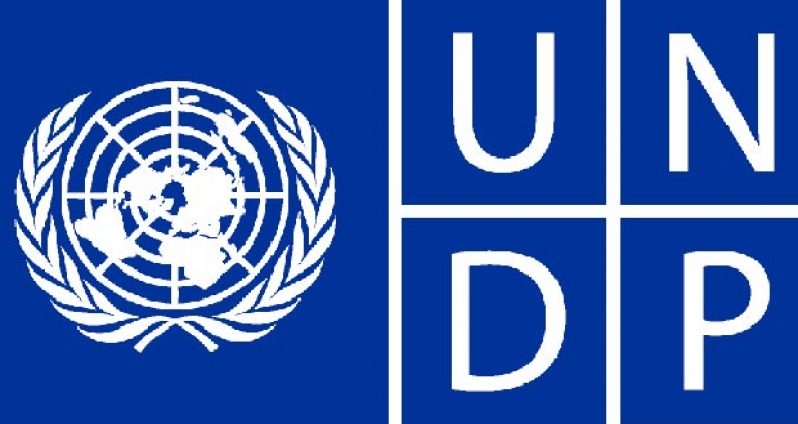A PRELIMINARY report on the economic and environmental impacts of investments in the mining sector has stated that the sector should not be seen as an island isolated from other aspects of the economy, but as one which must have strong linkages with these elements if the maximum benefits are to be obtained from it.
“Mining is not an enclave. What is happening in the construction sector in Guyana, what is happening in the logging sector can feed into the mining sector, and you need to make those connections to make sure that more and more of the value from foreign direct investments is retained within the country, rather than exported out,” United Nations Development Programme (UNDP) Consultant, Ms Masuma Farooki said.
The linkages between the mining sector and other sectors of the economy, in terms of vertical but also horizontal and diagonal value-chains must be strengthened for maximum benefits to the economy, she said.
She said that mining should be seen as an economic trigger.
She stressed: “You need to have a policy to encourage linkages. Development or growth is going to happen not because you have one mine but because that one mine is supporting 18,000 other jobs in manufacturing and services sector etc! So it is not the mine itself that brings the growth, it is everything else that can be linked to it.”
“Cross linkages/upstream and side linkages, the use of revenues for value addition will make the difference in how the sector impacts the Guyanese economy.”
Farooki was one of two presenters at a policy workshop on the study of the mining sector, which was sponsored by the UNDP under the auspices of the Ministry of Natural Resources and the Environment.(MNR&E).
The other UNDP consultant working on the study Sohinee Mazumdar, spoke about the need for strengthened capacity for ensuring compliance with environmental regulations for mining and how large- scale miners can help develop neighbouring communities through the application of Corporate Social Responsibility (CSR).
Resident Representative of the UNDP, Ms. Chisa Mikami, had disclosed that the study was being done within the framework of the programme’s global work in the extractive industries and in keeping with its strategy for supporting sustainable and equitable management of the sector for human development.
Minister Persaud recently disclosed that the study was timely in the context of Guyana’s current state of mineral resources development.
He stressed that the study had been designed to take a critical look at mining policy and mining policy instruments particularly as it relates to Foreign Direct Investments (FDIs) to ensure that whatever systems were put in place for management of FDIs were in the best interest of the country.
In the recent presentation, Farooki also stressed the necessity for Guyana to address human capacity needs to maximize on the potential of the mining sector for local development.
She said that it takes eight years to produce a mining engineer and stressed “ you need to start those engineers up right now so that in eight years when you have more mining companies coming in and doing mines development your engineers are graduating from university.
“Whether you do it locally or send them on scholarships, you need to bridge that technology gap now. Mining engineers, environmentalists, accountants, auditors: lots of high-level skills will be needed so it is best to get that going now rather than wait for eight years and not having local people being hired ; not getting the full benefit of the resource rent.”
Farooki and Mazumdar disclosed last week that they were in the final stages of production of their report on the economic and environmental impacts of investments in the mining sector with related policy recommendations for submission to the MNR&E.



.jpg)








